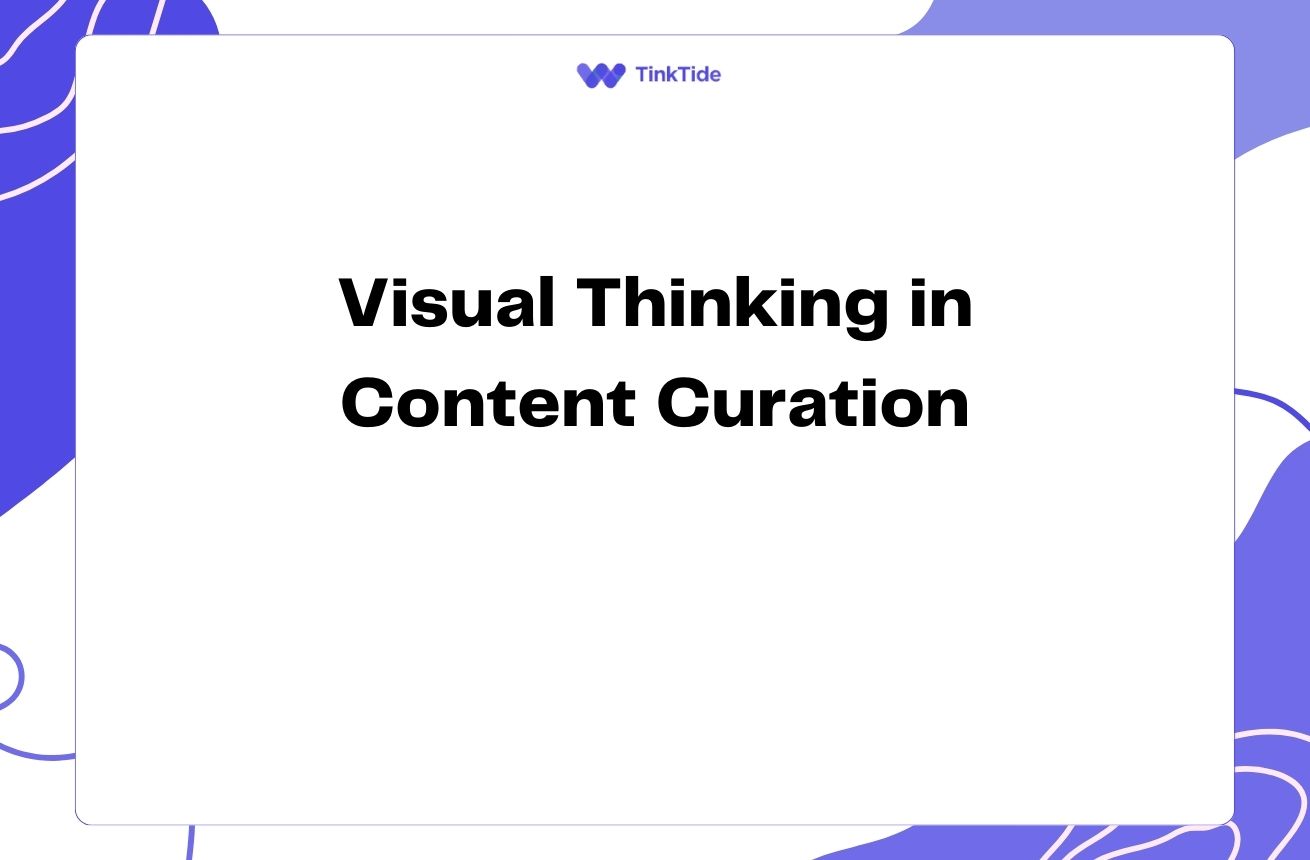Unleash Creativity: Mind Mapping Techniques for Innovation
The Power of Mind Mapping
Mind mapping is a powerful technique that can unlock your creative potential and drive innovation. By visually organizing information, you can explore ideas, make connections, and generate new insights. This article will guide you through various mind mapping techniques to enhance your creativity and problem-solving skills.
Mind maps work by mimicking the way our brains naturally process information. They start with a central idea and branch out into related concepts, allowing for a more organic and holistic approach to thinking. This non-linear method can help you break free from conventional thought patterns and discover innovative solutions.
Research has shown that mind mapping can improve memory retention by up to 15% and increase creativity by 23%. A study published in the Journal of Educational Research found that students who used mind maps outperformed those who used traditional note-taking methods in both recall and creative thinking tasks.
Classic Mind Mapping Technique
The classic mind mapping technique, popularized by Tony Buzan, is a great starting point for beginners. Here's how to create one:
- Start with a central image or keyword representing your main topic
- Draw branches radiating from the center, each representing a subtopic
- Add keywords, images, and colors to each branch
- Continue branching out with more detailed subtopics
- Connect related ideas across different branches
Concept Mapping for Complex Ideas
Concept mapping is particularly useful for exploring complex ideas and relationships. Unlike traditional mind maps, concept maps use labeled arrows to show the relationships between different concepts. This technique is excellent for analyzing systems, processes, or intricate theories.
To create a concept map, start by listing all relevant concepts. Then, arrange them hierarchically, with the most general concepts at the top and more specific ones below. Connect related concepts with arrows and label each connection to describe the relationship. This method can help you identify gaps in your understanding and generate new ideas by exploring unexpected connections.
A study published in the International Journal of Educational Research found that concept mapping improved students' critical thinking skills and helped them better understand complex scientific concepts.
Bubble Mind Maps for Brainstorming
Bubble mind maps, also known as cluster diagrams, are excellent for rapid brainstorming sessions. This technique is less structured than classic mind maps, allowing for more free-flowing idea generation.
To create a bubble mind map, write your central topic in a circle in the middle of the page. As ideas come to you, draw new bubbles around the central one and connect them with lines. Don't worry about organizing or categorizing at this stage – the goal is to generate as many ideas as possible.
This technique is particularly effective for overcoming writer's block or generating initial ideas for a project. The American Psychological Association has found that unstructured brainstorming can lead to more creative and diverse ideas compared to more structured approaches.
Digital Mind Mapping Tools
While traditional pen-and-paper mind mapping has its charm, digital tools offer additional features that can enhance your creativity and productivity. Some popular digital mind mapping tools include:
- MindMeister: A collaborative online mind mapping tool
- XMind: Offers both free and paid versions with advanced features
- Coggle: A simple, user-friendly option with real-time collaboration
- MindMup: Integrates well with Google Drive and offers unlimited free maps
These digital tools allow for easy editing, sharing, and collaboration, making them ideal for team brainstorming sessions or complex, evolving projects. They also often include features like automatic layout adjustment, image insertion, and export options to various formats.
Incorporating Mind Mapping into Your Workflow
To make the most of mind mapping techniques, try incorporating them into your daily workflow. Here are some strategies:
- Use mind maps for meeting notes to capture key points and action items
- Create a mind map to plan your day or week, organizing tasks and priorities
- Use concept maps to break down complex problems or projects
- Start any writing project with a bubble mind map to generate initial ideas
Consistency is key when developing any new skill. Try to use mind mapping regularly, even for small tasks, to build the habit and improve your technique over time.
Address common questions
Here are some frequently asked questions about mind mapping techniques:
How long should I spend on creating a mind map?
The time spent on a mind map can vary depending on its purpose and complexity. For quick brainstorming, 5-10 minutes might be sufficient. For more complex projects or problem-solving, you might spend 30 minutes to an hour. The key is to keep the process fluid and not get bogged down in perfecting the layout.
Can mind mapping be used for group work?
Absolutely! Mind mapping is an excellent tool for group collaboration. It allows team members to visually contribute ideas and see connections between different concepts. Digital mind mapping tools with real-time collaboration features are particularly useful for remote teams.
Are there any downsides to mind mapping?
While mind mapping is generally beneficial, it may not suit everyone's thinking style. Some people might find it too unstructured or visually overwhelming. Additionally, very complex mind maps can become cluttered and difficult to read. It's important to find the right balance and adapt the technique to your personal preferences.
How can I improve my mind mapping skills?
Practice regularly, experiment with different techniques, and don't be afraid to get creative. Try using colors, images, and symbols to make your mind maps more engaging and memorable. Also, review and refine your mind maps over time to identify patterns in your thinking and areas for improvement.
Can mind mapping help with memory and learning?
Yes, mind mapping can be a powerful tool for memory and learning. The visual nature of mind maps helps engage both the logical and creative sides of your brain, enhancing retention and recall. A study published in the Learning and Instruction journal found that students who used mind maps showed improved long-term retention of information compared to those who used traditional study methods.
Provide additional resources
The Mind Map Book
A comprehensive guide to mind mapping by Tony Buzan, the creator of modern mind mapping
Novamind
A powerful mind mapping software with advanced features for professionals
Mind Mapping for Kids
Resources and tips for teaching mind mapping to children
Visual Thinking Course
A Coursera course on visual thinking techniques, including mind mapping
Mind Mapping in Education
A research paper on the effectiveness of mind mapping in educational settings
Summarize key takeaways
Mind mapping is a versatile and powerful technique for boosting creativity and innovation. Whether you prefer classic mind maps, concept maps, or bubble diagrams, these visual thinking tools can help you generate ideas, solve problems, and see connections you might otherwise miss.
By incorporating mind mapping into your daily workflow, you can enhance your productivity, improve your memory, and unlock your creative potential. Remember, the key to effective mind mapping is practice and personalization – find the techniques and tools that work best for you and make them a regular part of your thinking process.
Start experimenting with mind mapping today, and watch as your ideas flourish and your innovative thinking reaches new heights. The power to transform your thoughts into visual, actionable insights is at your fingertips – all you need to do is start drawing those connections.
Unlock Your Creative Potential with Tinktide
Ready to take your mind mapping skills to the next level? Try Tinktide's innovative tools for free and supercharge your creativity.
Start Your Free Trial

